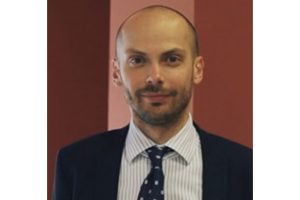
Earthquakes are destructive and unpredictable events with catastrophic consequences for communities. Moreover, secondary triggered effects can strike further, e.g. landslides and tsunamis. In this respect, also fires following earthquake (FFE) are a considerable threat as they can be widespread within the seismic affected area owing to the rupture of gas lines, failure of electrical systems etc. and at the same time failure of the compartmentation measures. In this context, the structural fire performance can worsen significantly because the fire may act on an already damaged structure. Furthermore, fire protection measures may have also been damaged by the seismic action and the fire can spread faster if compartmentation has failed. Thus, the seismic performance of non-structural components may directly affect the fire performance of the structure. The loss of fire protection is particularly dangerous for steel structures because the high thermal conductivity associated with small profile thicknesses entails quick temperature rise with consequent fast loss of strength and stiffness. Moreover, improved passive fire protections for seismic prone-regions are not required in the standards and the two actions, i.e. earthquake and fire, are considered separately. The seminar intends to present the outcomes of a recent research conducted within the European Project SERA whose aim was to provide evidence on the experimental FFE behaviour of structural elements equipped with different passive fire protections and on the experimental seismic behaviour of full-scale fire protected steel braced frames in which the ground floor was actually built in the laboratory. All tests were performed with substructuring techniques in order to consider the effects of the remainder of the structure.
Nicola Tondini is an Associate Professor in Structural Engineering in the Department of Civil, Environmental and Mechanical Engineering at the University of Trento, Italy. In the last 10 years, his research has focused on the behavior of structural systems subjected to accidental actions, specifically, fire and earthquake. Particular interest has been devoted to the behavior of steel structures. Three main strands of interest encompass his research activity: i) Structural fire engineering; ii) Design of steel structures; and iii) Earthquake engineering. He has been involved in several European funded projects.